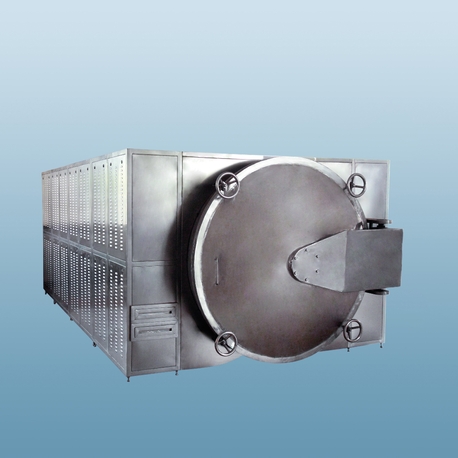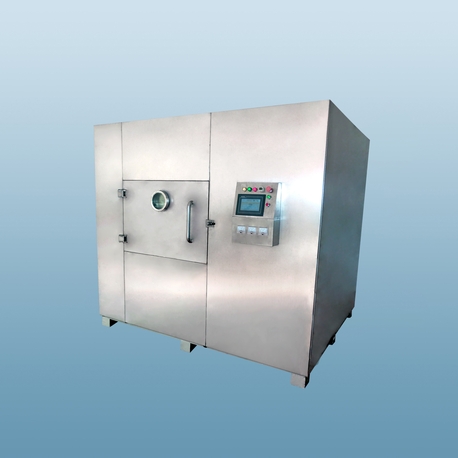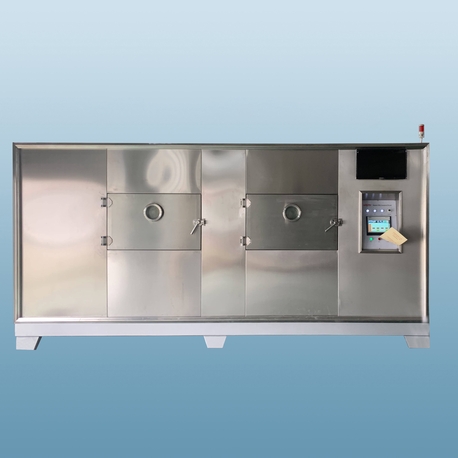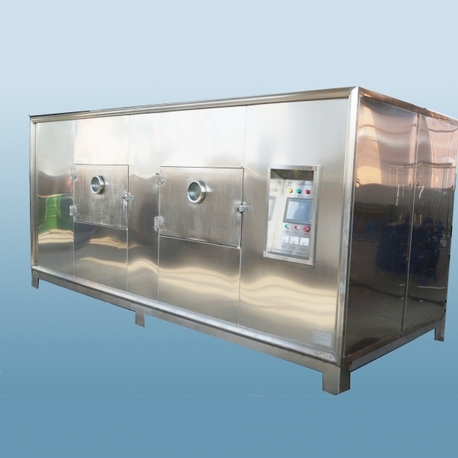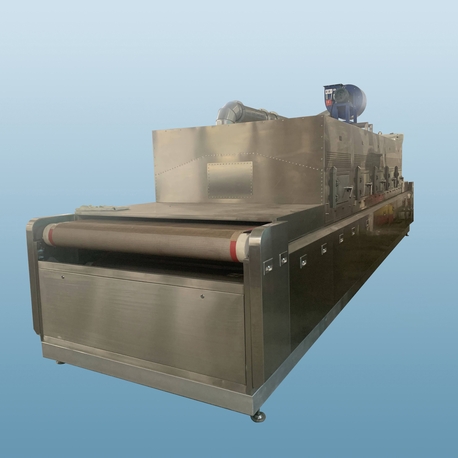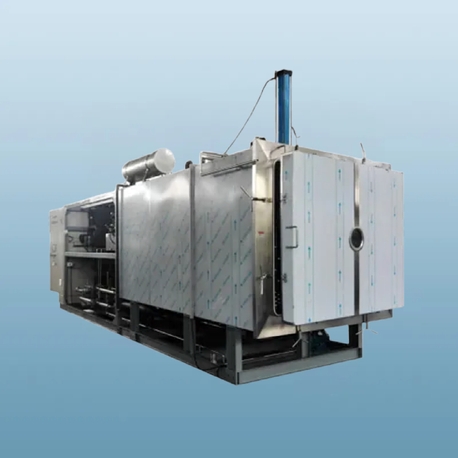In today's world, where sustainability and healthy living are paramount, finding efficient ways to preserve food has become essential. A vegetable dryer is an innovative appliance that allows you to extend the shelf life of your fresh produce by removing moisture, thereby preventing spoilage and retaining nutrients. Whether you're a home gardener with a surplus of vegetables or someone looking to reduce food waste, a vegetable dryer can be a game-changer. This article delves into the various aspects of vegetable dryers, providing a comprehensive overview to help you understand their functionality, benefits, and practical applications. By the end, you'll see why investing in a vegetable dryer is a smart choice for any household.
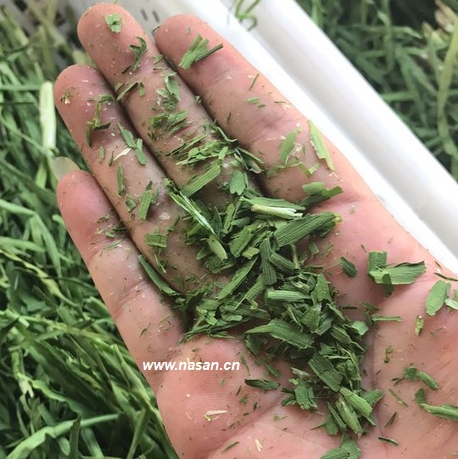
What is a Vegetable Dryer?
A vegetable dryer is a device designed to remove moisture from vegetables through controlled heating and airflow, effectively dehydrating them for long-term storage. Unlike traditional methods like sun-drying, which can be inconsistent and prone to contamination, a vegetable dryer offers a reliable and hygienic solution. These appliances come in various sizes, from compact countertop models for home use to larger industrial units. The primary goal of a vegetable dryer is to preserve the nutritional value, flavor, and texture of vegetables while preventing the growth of bacteria, mold, and yeast. By using a vegetable dryer, you can create lightweight, shelf-stable products that are perfect for snacking, cooking, or emergency food supplies. Many people use vegetable dryers to make dried herbs, kale chips, or even vegetable powders for smoothies. The versatility of a vegetable dryer makes it an invaluable tool in modern kitchens, especially for those embracing a self-sufficient lifestyle.
How Does a Vegetable Dryer Work?
Understanding the mechanics of a vegetable dryer can help you use it more effectively. Essentially, a vegetable dryer operates by circulating warm air around the vegetables at a low temperature, typically between 95°F and 140°F (35°C to 60°C). This process slowly evaporates the water content without cooking the vegetables, preserving their enzymes and nutrients. Most vegetable dryers consist of a heating element, a fan for airflow, and multiple trays or racks where the vegetables are placed in a single layer. The even distribution of heat ensures that all pieces dry uniformly, preventing some parts from becoming overly dry while others remain moist. Some advanced models feature adjustable temperature controls and timers, allowing you to customize the drying process based on the type of vegetable. For instance, leafy greens like spinach may dry faster than denser vegetables like carrots or beets. By using a vegetable dryer, you can achieve consistent results every time, unlike oven-drying, which can be uneven and energy-intensive. The efficiency of a vegetable dryer not only saves time but also conserves energy, making it an eco-friendly option for food preservation.
Key Benefits of Using a Vegetable Dryer
The advantages of incorporating a vegetable dryer into your kitchen arsenal are numerous. First and foremost, it significantly reduces food waste by allowing you to preserve excess vegetables that might otherwise spoil. This is particularly beneficial for gardeners or buyers of bulk produce. Secondly, a vegetable dryer locks in nutrients; studies show that properly dried vegetables retain most of their vitamins and minerals, making them a healthy alternative to canned or frozen options. Additionally, dried vegetables are lightweight and compact, ideal for storage, camping, or emergency kits. Another benefit is cost savings; by drying vegetables at home, you avoid the high prices of store-bought dried goods. Moreover, a vegetable dryer enables you to create custom blends and snacks without additives or preservatives, promoting a healthier diet. For those interested in sustainability, using a vegetable dryer aligns with eco-friendly practices by reducing reliance on packaging and transportation associated with commercial products. Overall, a vegetable dryer empowers you to take control of your food supply, ensuring quality and freshness year-round.
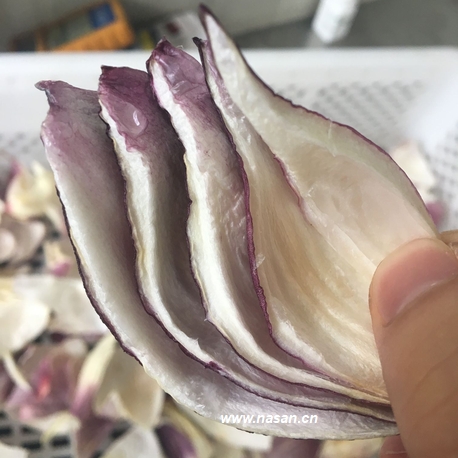
Different Types of Vegetable Dryers Available
When considering a vegetable dryer, it's important to know the various types available to find the best fit for your needs. The most common categories include electric dehydrators, solar dryers, and oven-based methods, though dedicated electric vegetable dryers are the most popular for home use. Electric vegetable dryers are user-friendly and come in stackable tray designs or box-style units with digital controls. They offer consistent performance and are suitable for all climates. Solar vegetable dryers, on the other hand, harness sunlight to dehydrate vegetables, making them energy-efficient and cost-effective in sunny regions; however, they may be less reliable in cloudy weather. Some people also use convection ovens as a makeshift vegetable dryer, but this is often less efficient due to higher energy consumption and uneven drying. Within electric models, you'll find variations in tray material (plastic, stainless steel), capacity, and features like timers or automatic shut-off. For instance, a larger vegetable dryer with multiple trays is ideal for big families, while a compact model suits small kitchens. By evaluating your drying volume, budget, and environmental preferences, you can select a vegetable dryer that enhances your food preservation efforts.
How to Choose the Best Vegetable Dryer for Your Needs
Selecting the right vegetable dryer involves considering several factors to ensure it meets your specific requirements. Start by assessing the capacity; if you frequently dry large batches, opt for a vegetable dryer with expandable trays or a high square footage. Next, look at the temperature range—a wider range allows for drying a variety of vegetables, herbs, and even fruits. Energy efficiency is another key aspect; models with good insulation and low wattage can reduce electricity costs. The material of the trays is also important; stainless steel trays are durable and easy to clean, while plastic may be lighter but less long-lasting. Additionally, check for user-friendly features like digital controls, timers, and transparent doors for monitoring progress without opening the unit. Noise level might be a consideration if you plan to run the vegetable dryer overnight. Reading reviews and comparing brands can help you find a reliable model. Remember, a high-quality vegetable dryer is an investment that pays off in reduced waste and healthier eating habits. By taking the time to research, you'll find a vegetable dryer that fits seamlessly into your lifestyle.
Step-by-Step Process for Using a Vegetable Dryer
Using a vegetable dryer effectively requires some preparation to achieve optimal results. Begin by selecting fresh, high-quality vegetables and washing them thoroughly. Then, slice them uniformly into thin pieces to ensure even drying—this is crucial for preventing mold growth. Blanching certain vegetables like broccoli or green beans before drying can help preserve color and nutrients. Once prepared, arrange the slices in a single layer on the trays of your vegetable dryer, leaving space between pieces for proper airflow. Set the temperature according to the vegetable type; for example, use lower temperatures for herbs and higher ones for root vegetables. The drying time can vary from a few hours to over a day, so refer to your vegetable dryer's manual for guidelines. Periodically check the vegetables for dryness by feeling for a leathery or brittle texture. Once done, allow them to cool before storing in airtight containers in a cool, dark place. Properly dried vegetables from a vegetable dryer can last for months, providing a convenient and nutritious supply. This process not only maximizes the shelf life of your produce but also enhances your culinary creativity.
Maintenance and Cleaning Tips for Your Vegetable Dryer
To ensure your vegetable dryer remains in top condition, regular maintenance is essential. After each use, unplug the unit and allow it to cool completely. Most vegetable dryer trays are dishwasher-safe, but hand-washing with warm, soapy water is recommended to prevent damage. For stubborn residues, soak the trays before scrubbing. The interior of the vegetable dryer should be wiped down with a damp cloth to remove any dust or food particles. Avoid using abrasive cleaners that could harm the heating element or fan. It's also wise to inspect the vent and fan areas for blockages that might affect airflow. Periodically, check the power cord and controls for any signs of wear. By maintaining your vegetable dryer properly, you'll extend its lifespan and ensure consistent performance. This routine not only keeps your appliance hygienic but also safeguards the quality of your dried vegetables, making your vegetable dryer a reliable partner in food preservation.
Comparing Vegetable Dryers to Other Food Preservation Methods
When it comes to preserving vegetables, several methods exist, but a vegetable dryer offers unique advantages over alternatives like canning, freezing, or pickling. Canning involves high heat and often requires added sugars or salts, which can alter nutritional content, whereas a vegetable dryer retains natural flavors and nutrients without additives. Freezing is effective but requires significant freezer space and can lead to texture changes upon thawing. In contrast, dried vegetables from a vegetable dryer are shelf-stable and compact. Pickling introduces vinegar and spices, which may not suit all tastes, while drying preserves the vegetable's original taste. Additionally, a vegetable dryer is more energy-efficient than running a freezer continuously and safer than canning, which risks botulism if done improperly. However, drying does have limitations; it works best for certain vegetables and may not preserve crispness. Overall, a vegetable dryer provides a balanced approach, combining convenience, health benefits, and sustainability, making it a superior choice for many households.
FAQs About Vegetable Dryers
Q1: How long does it take to dry vegetables in a vegetable dryer?
A1: The drying time in a vegetable dryer varies based on the vegetable type, thickness, and dryer model. Generally, it can take anywhere from 4 to 12 hours for most vegetables, with leafy greens drying faster and denser vegetables like carrots taking longer. Always refer to your vegetable dryer's instructions for specific guidelines.
Q2: Can I dry fruits and herbs in a vegetable dryer as well?
A2: Yes, a vegetable dryer is versatile and can be used for drying fruits, herbs, meats, and even making yogurt or raising bread dough. The adjustable temperature settings allow you to customize the drying process for different foods, making it a multi-purpose appliance.
Q3: What is the energy consumption of a typical vegetable dryer?
A3: Most home vegetable dryers consume between 300 to 1000 watts, depending on the size and model. While running for several hours, the cost is generally low compared to other appliances. Energy-efficient models and solar options can further reduce consumption, making a vegetable dryer an economical choice.
Q4: How do I store dried vegetables from a vegetable dryer?
A4: After drying, cool the vegetables completely and store them in airtight containers, such as glass jars or vacuum-sealed bags. Keep them in a cool, dark, and dry place to maintain quality. Properly stored dried vegetables from a vegetable dryer can last up to a year or more.
Q5: Is it necessary to pre-treat vegetables before using a vegetable dryer?
A5: Pre-treatment, like blanching or dipping in lemon juice, is recommended for some vegetables to preserve color, nutrients, and prevent oxidation. However, it's not always necessary; refer to specific recipes or guidelines for your vegetable dryer to determine the best approach.
In conclusion, a vegetable dryer is an invaluable tool for anyone looking to embrace sustainable living, reduce food waste, and enjoy nutritious, home-preserved foods. By understanding its functions, benefits, and maintenance, you can make the most of this appliance. Whether you're a beginner or an expert, a vegetable dryer can transform your kitchen habits for the better.


